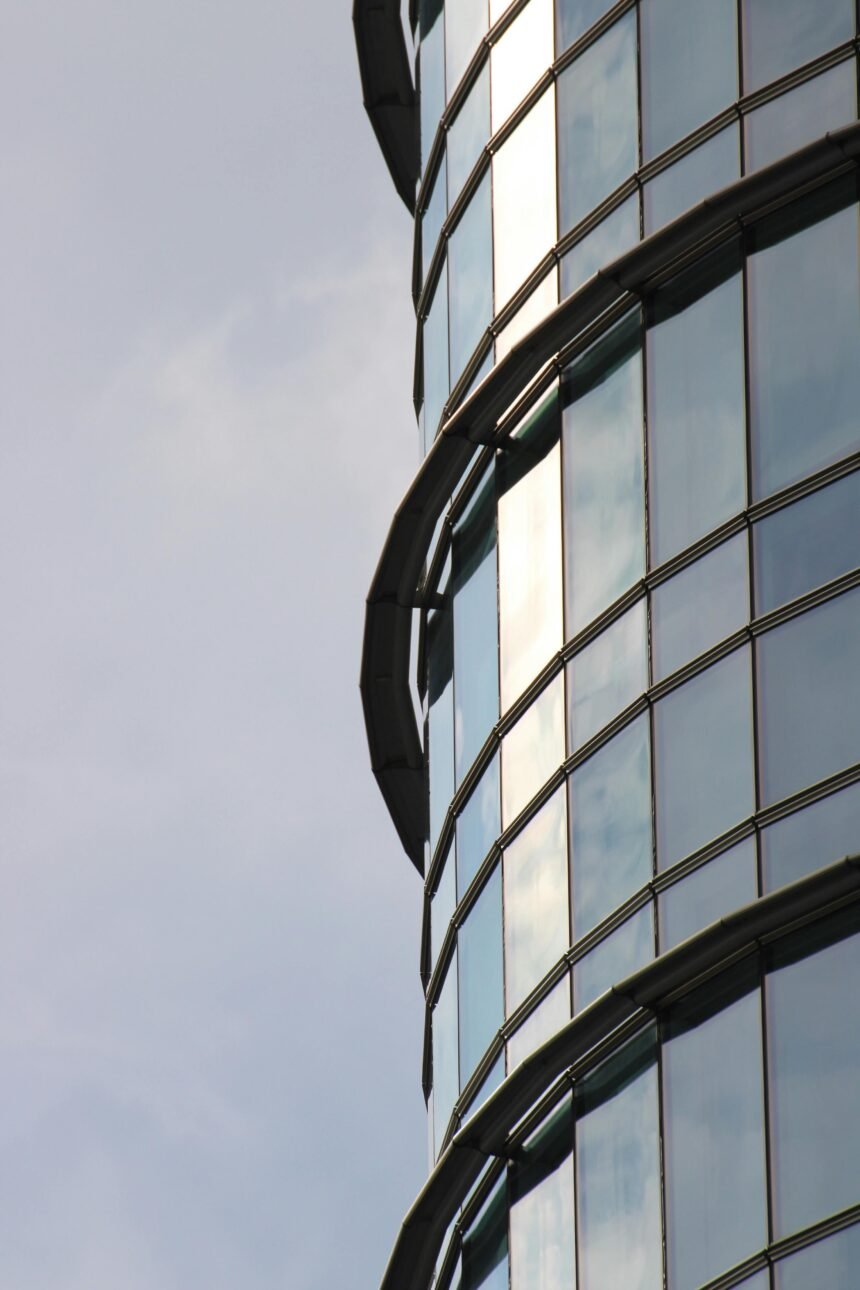Photo from Pexels
Have you ever wondered how the magnificent buildings that shape our cities transform from simple sketches into towering realities? Architecture isn’t just about designing buildings; it’s an intricate journey that weaves creative vision into the fabric of our urban landscape. Every structure that graces our skylines emerges from a fascinating process that blends artistic inspiration with technical precision, bringing together the finest elements of human creativity and engineering prowess.
The Creative Genesis
Imagine the spark of inspiration that ignites an architectural masterpiece. Today’s architects draw their creative energy from an incredible variety of sources, the graceful curves of nature, rich cultural heritage, and cutting-edge technological advances. They’ll often produce countless sketches, each one refining their vision until the perfect concept emerges. What’s particularly interesting is how modern designers have embraced a hybrid approach, with most combining traditional hand sketching with digital tools to capture their ideas. This beautiful marriage of old and new techniques allows for unlimited creative exploration while preserving the intimate connection of pen to paper.
Digital Revolution in Design
Gone are the days when architects hunched over drafting tables with T-squares and protractors. The digital age has ushered in an exciting new era of architectural design tools. Today’s professionals’ harness powerful 3D modeling software, Building Information Modeling (BIM), and immersive virtual reality platforms to create astoundingly detailed digital prototypes. Complex architectural projects often require precise specifications and structural analysis, which is why many firms turn to advanced modeling platforms from futura usa to ensure their designs are both beautiful and buildable. These sophisticated tools let architects explore their creations from every conceivable angle, study how natural light plays across surfaces throughout the day, and spot potential issues long before construction begins.
Engineering and Technical Considerations
Behind every stunning architectural design lies a framework of careful technical planning and engineering expertise. Modern buildings must dance to a delicate ballet between artistic vision and practical requirements, all while meeting increasingly stringent safety codes and environmental standards. The push toward sustainability has revolutionized how buildings are engineered, with green construction techniques delivering impressive results. These innovative approaches aren’t just good for the planet; they’re proving to be smart business decisions too, consistently reducing energy and water consumption by nearly half compared to traditional building methods.
Material Innovation and Selection
The palette of materials available to today’s architects reads like a sci-fi novel that comes to life. Who would have imagined self-healing concrete or transparent aluminum just a few decades ago? These revolutionary materials aren’t just about pushing boundaries; they’re transforming what’s possible in architecture. Modern composites can create structures that seem to defy gravity, weighing half as much steel while matching its strength. Each new material innovation opens fresh possibilities for architectural expression and functionality.
Construction Technology and Implementation
The construction site of today barely resembles its counterpart from just twenty years ago. Robots assist in building, drones survey progress from above, and 3D printers create building components with unprecedented precision. These technological advances aren’t just showing off; they’re delivering real results, slashing project timelines, and reducing waste. The rise of prefabricated construction has been particularly revolutionary, allowing major building components to be assembled off-site with factory precision before being brought together like a giant puzzle.
Project Management and Coordination
Building a modern architectural masterpiece is like conducting a complex symphony; every player must be in perfect harmony. Digital project management tools have transformed how teams collaborate, enabling real-time communication and decision-making across continents. The results speak for themselves, with integrated project delivery methods significantly reducing both costs and construction times. This seamless coordination ensures that the architect’s original vision remains intact from the first sketch to the final brick.
Sustainability and Future Trends
What does the future hold for architecture? The answer lies in creating buildings that don’t just look beautiful but actively contribute to environmental health. Modern designs incorporate everything from solar technologies to sophisticated rainwater management systems. Even more exciting is the growing embrace of biophilic design, which brings natural elements into built spaces. The results are remarkable, not just in environmental impact, but in creating spaces where people genuinely thrive.
Conclusion
The metamorphosis from architectural concept to completed structure showcases humanity’s incredible ability to dream big and then transform those dreams into reality. As technology advances and our understanding of sustainable design deepens, the possibilities for architectural innovation seem limitless. This intricate dance of creativity, technical expertise, and practical execution continues to evolve, promising even more exciting developments in how we shape the spaces where we live, work, and play. The future of architecture stands ready to inspire and serve generations to come, one thoughtfully designed building at a time.







